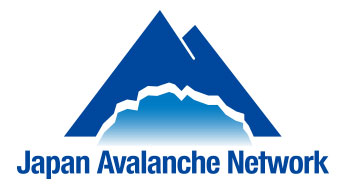
Avalanche Bulletin
更新日時: 2023/03/12 04:00
Kagura Tanigawa Hotaka
Alpine Good
Treeline Good
Below Treeline Good
信頼度:○ good □ Fair △ Low
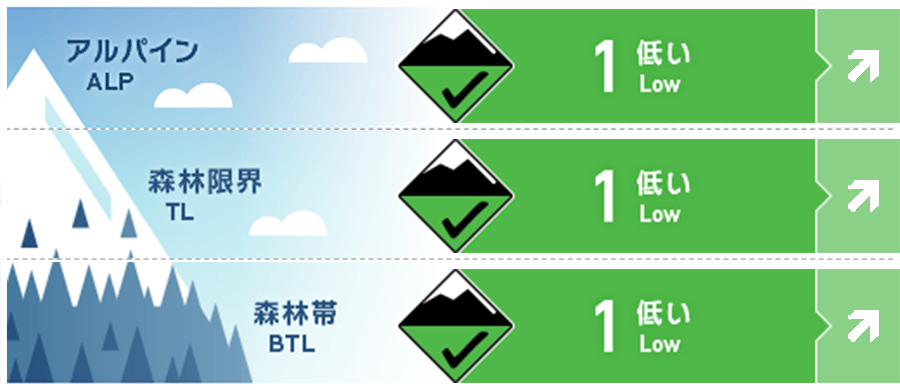
Travel and Terrain Advice
The spring cycle has begun. Avalanche danger levels vary widely from "low" to "high" during the course of a day, depending on temperature, solar radiation, and other factors. We recommend taking action before crusts start to loosen up. When snowballs begin to roll on steep slopes with solar radiation, it is a sign that the snowpack is losing strength. Be aware of the possibility of a loose snow avalanche. Be careful on large steep slopes as the size of the avalanche that occurs will increase. Also be aware of the possibility of a block avalanche from a cliff-like area or a glide avalanche from an open glide crack. Avoid under such areas. Or move quickly.
Avalanche Problem
全層雪崩 Glide slab






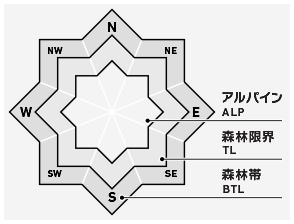












点発生湿雪雪崩 Wet Loose snow






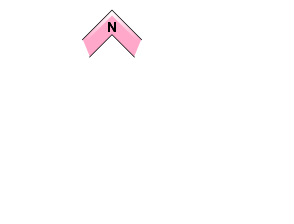
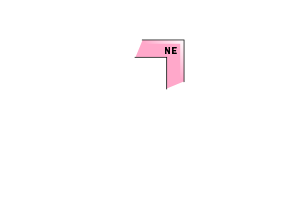
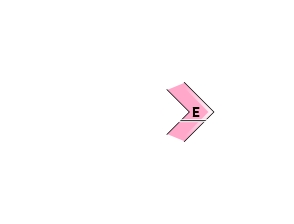


















概要
Avalanche
No new avalanches were reported yesterday, but there are numerous avalanche debris deposits on the gully bottom.
Snowpack
The surface to middle layers of the snow cover gradually increase in strength through a cycle of melting during the day and freezing at night. At lower elevations, the nighttime cold is weaker.
Weather
As of 4:00, the temperature at AMeDAS Fujiwara is -1.3℃. The JMA is forecasting cloudy and sometimes sunny skies until late afternoon, with some rain showers in the late evening, and temperatures rising to 17°C at the foot of the mountains, due to the high pressure system, but with some moist air.

